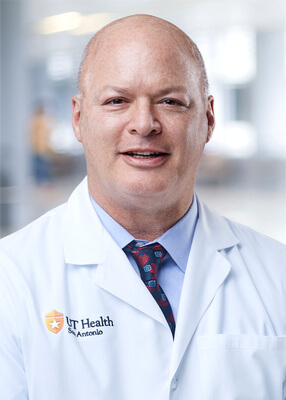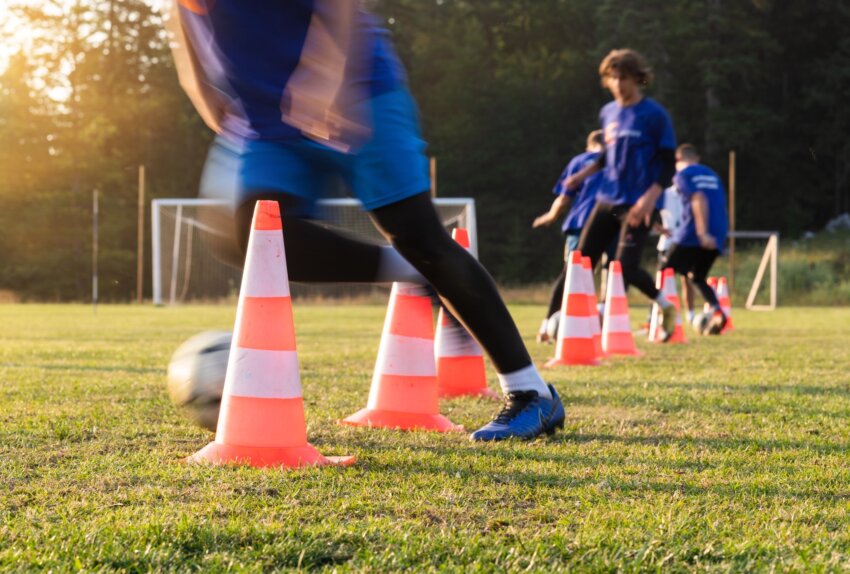Written by Darren Shiverdecker
UT Health San Antonio sports medicine experts guide the shift from training to game day
The jump in intensity from off-season training to competition can be a shock to an athlete inside and out. The key to being at a competitive best starts with focusing on important preparations long before game day. As nine-time Olympic swimming champion Mark Spitz once said, “If you fail to prepare, you’re prepared to fail.”

Sports medicine experts at UT Health San Antonio say making the transition requires a smart, balanced approach. Thomas M. DeBerardino, MD, COL, US Army (Ret), FAOA, FAANA, professor of orthopaedic surgery and division chief of sports medicine at the Joe R. and Teresa Lozano Long School of Medicine, who also serves as head orthopaedic team physician for the UTSA Roadrunners and orthopaedic team physician for the San Antonio Spurs, says paying attention to your body is key.
“Knee clicking, popping, swelling and pain after a weekend of athletic activity are signs you should see an orthopaedic surgeon,” DeBerardino said. “Don’t ignore symptoms that could sideline you for the season.”

Guy W. Nicolette, MD, associate professor at UT Health San Antonio and director of sports medicine for the San Antonio Spurs, emphasized the importance of hydration. He cautioned that athletes shouldn’t wait until they feel thirsty to drink fluids.
“Thirst is a late sign that you’re already dehydrated,” Nicolette said. “Fruits like watermelon and pineapple are great for replacing fluids and electrolytes. Chocolate milk is also an excellent post-workout recovery option.” Nicolette also recommends the “24/24/24 rule” for hydration—24 ounces of fluids in the two hours before a workout, 24 ounces per hour of exercising (8 ounces every 20 minutes), and 24 ounces after for every pound of weight lost.

For those training in the heat, Ken O. Kenneth-Nwosa, MD, assistant professor at UT Health San Antonio and head team physician for UTSA Athletics, advises gradual acclimatization starting with 20 to 60 minutes of light to moderate activity and slowly increasing intensity over one to two weeks.
“If your sport involves heavy equipment, begin in light clothing and add pads or helmets after three to five days,” he adds. Kenneth-Nwosa also warns athletes to watch for signs of heat illness, including fatigue, dizziness, nausea, chills or confusion, and to stop immediately and seek help if symptoms occur.

Physical preparation isn’t the only priority. Director of the Athletic Training Residency at UT Health San Antonio, Marie Charpentier, PT, DPT, FAAOMPT, OCS, SCS, ATC, LAT, emphasizes the importance of mental readiness.
“Athletes need strategies to optimize resiliency and recovery,” she said. Charpentier suggested techniques such as restorative yoga, meditation, breathwork, journaling and working with a sports psychologist to help athletes prepare for the season ahead.
By focusing on injury prevention, smart hydration, mental resilience and heat safety, UT Health San Antonio’s sports medicine experts say athletes can step into competition season ready, resilient and primed for success.
For added support during the season, the Saturday Sports Medicine Clinic at Kyle Seale Parkway offers walk-in service, providing expert evaluation and comprehensive care with no appointment needed.


